Here’s an inside look at the landscape of the 2021-2022 snowmobile scene in North America and Scandinavia. These numbers/facts always interest me and are provided by the International Snowmobile Manufacturers Association (ISMA) -Arctic Cat, Polaris, Ski-Doo and Yamaha. For more information like this, I invite you to explore the Snowmobile.org website. – Kale
Snowmobilers enjoyed the Winter of 2021-2022, finding reasonable snow conditions in many parts of North America. 130,644 new snowmobiles were sold worldwide, a 2% decline from the previous year – which was a strong sales year supported by a long winter season. Sales in all three major markets, (United States, Canada, and Scandinavia) were strong overall, supported by record breaking sales of parts, garments and accessories. Sales in the United States were 53,821 new snowmobiles sold, while 50,943 new snowmobiles were sold in Canada.
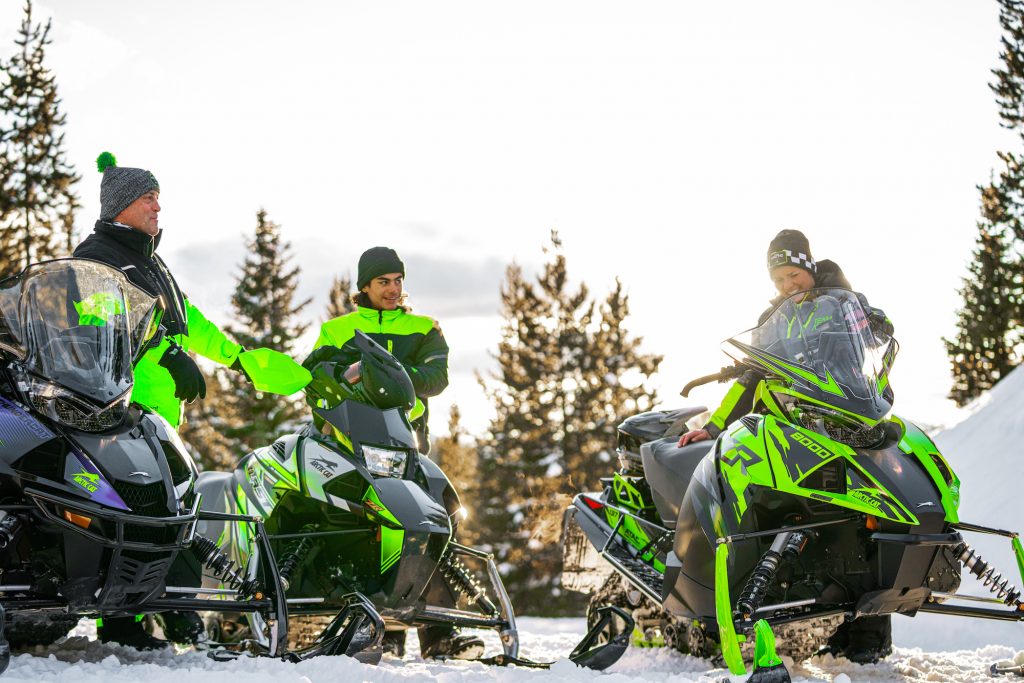
Sales in Europe showed a slight increase in Finland reporting 3736 units sold compared to 3437 units last year, and Sweden continues its strong sales activity with 8671 new sleds sold following last year’s sales of 8443 sleds. Overall sales in Europe and Russia were 25,880 snowmobiles sold – a 10% increase in sales from last year.
There are 1.2 million registered snowmobiles in the United States and over 601,000 in Canada. The registration numbers continue to increase, showing that snowmobiling continues to be an active, healthy winter sport.

Surveys show 74% of the snowmobiling households own 2 snowmobiles, and 39% own 3 snowmobiles.
Registration in Northern Europe is steady, and there are 320,000 active snowmobilers in Scandinavia.
Snowmobile related tourism continues to increase in North America and beyond. This can be seen in recent economic studies conducted by major colleges/universities. Miles ridden by snowmobilers, which is always predictive of economic impact, showed riding and related tourism continued on a steady pace compared to previous years.
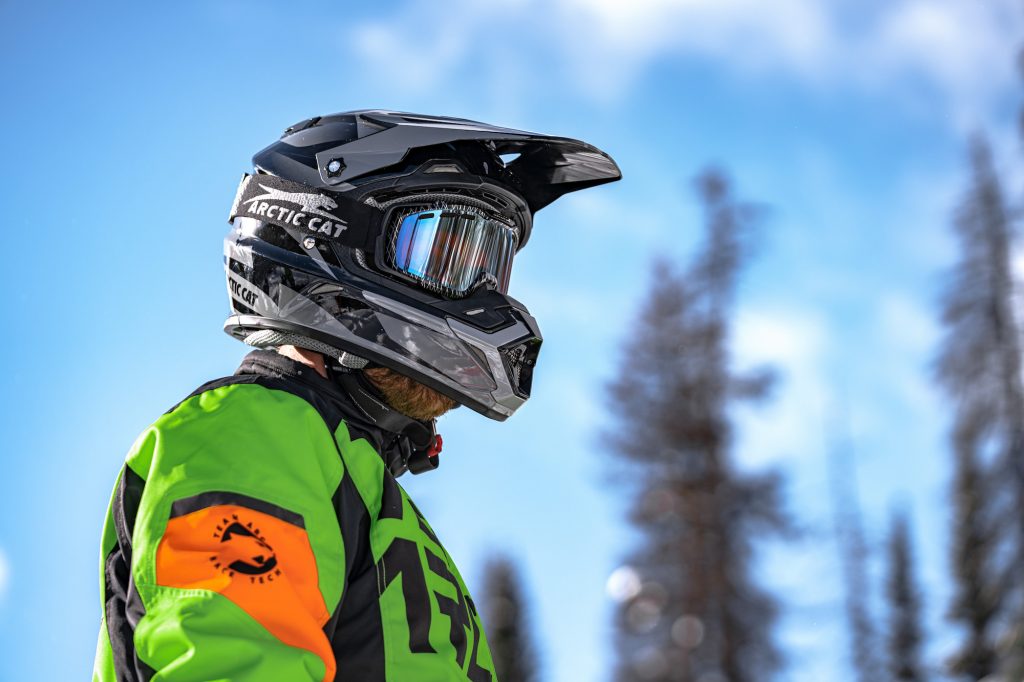
The average age of a snowmobiler this past season was 53 years of age. Approximately 88% of snowmobilers are males and 12% female.
Snowmobilers are outdoor enthusiasts and most participate in activities such as boating, camping, fishing, ATV and Motorcycle riding, and more.
Over 70% of snowmobilers in North America are club and/or snowmobile association/federation members. They are also active in raising money for charity and annually raise over $3 Million dollars for National Charities.
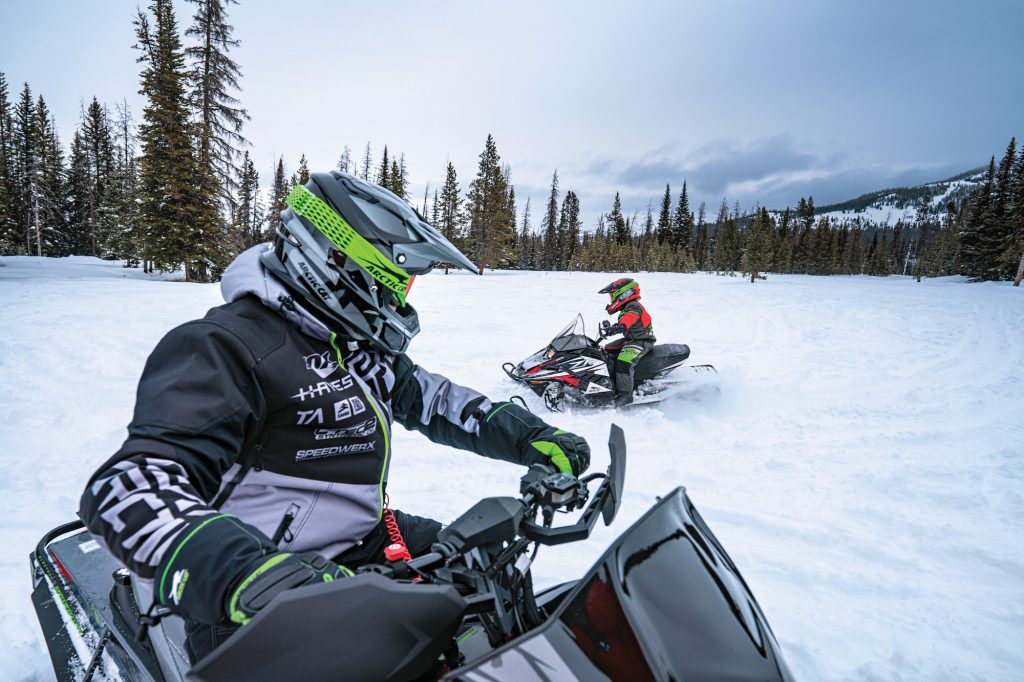
Families enjoy snowmobiling because it is a great outdoor recreation activity. People go snowmobiling for the following reasons:
- To view the scenery
- Be with family and friends
- To get away from the usual demands of life and to be close with nature.
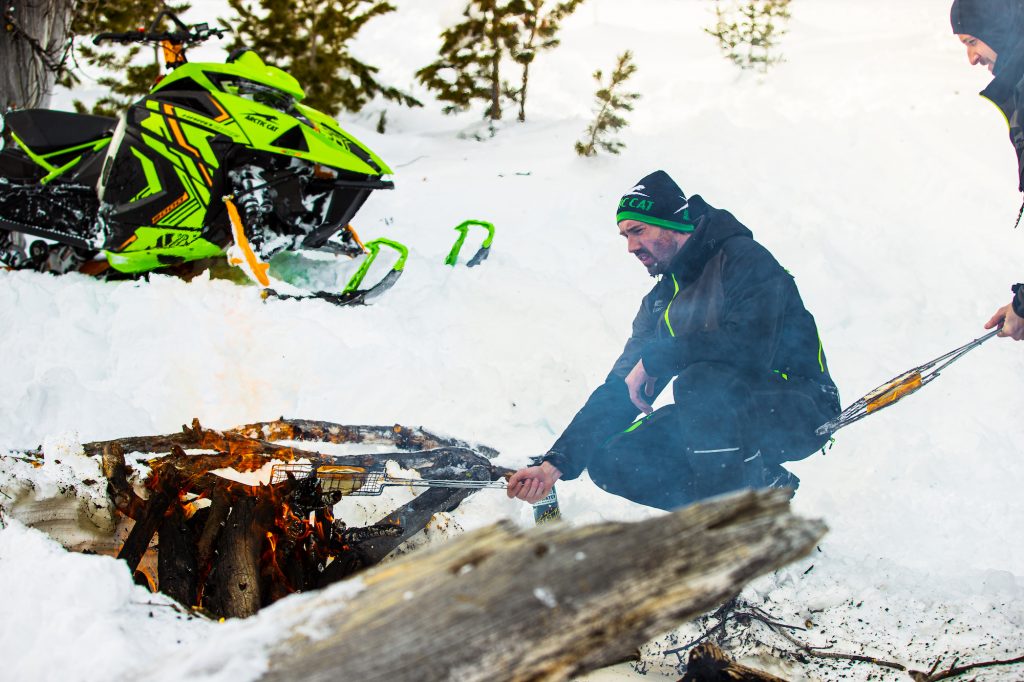
The snowmobile clubs and state and provincial snowmobile organizations continue to expand as they serve as a great conduit for snowmobiling and are involved in local issues supporting their local communities. Economic impact studies show that snowmobiling is growing in importance as part of the overall economic engine and job growth for winter tourism. Snowmobiling generates over $30 Billion worth of economic activity in North America.
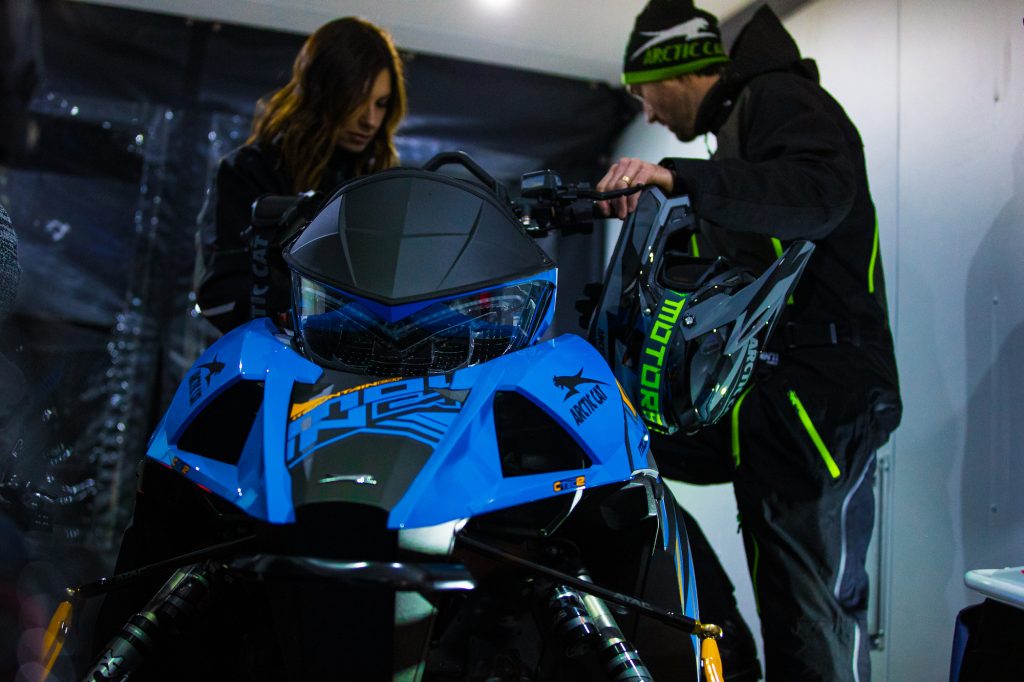
Snowmobiling joins other outdoor recreation activities in generating over $689 Billion worth of economic activity in the United States. Economic Activity generated by snowmobilers provides many jobs and investment opportunities and generates considerable tax revenue for local governments which eagerly support snowmobiling.
The most recent surveys show snowmobilers spending over $3500 per family supporting snowmobiling activities, on average and does not include the purchase of a snowmobile(s) and trailer.
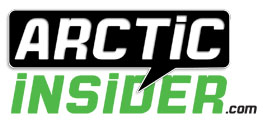

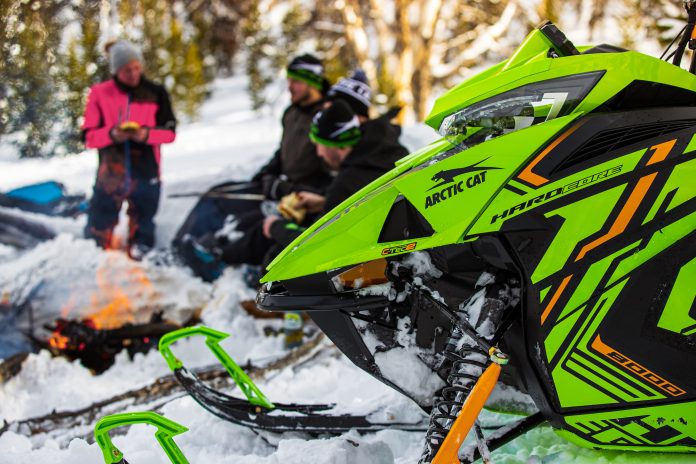
Doesn’t say how many of those new sleds were Cats….so….I’d call this pointless.
There has not been a breakdown of brand by brand sales for like forever Kevin (Karen).
Just because you aren’t smart enough to find it, doesn’t mean there isn’t one. PSB publishes it every year.
Oh Krommer missed me. How pathetic he is.
Yeah, I’d like to know the market share of each brand. Last I saw was from 2017 or maybe 2019…doo was 47%, pol 33%, cat 16%, yam 4%. Since then I heard that doo now is over 50% and I would guess pol has gone up, all at the expense of cat and yam.?♂️
Doo and poo have both gained market share.
I think we can be confident that Textron’s Arctic Cat continues to hemorrhage market share. I wonder if Textron knows just how much the brand perception has changed under their ownership. If they do, they don’t seem to care at all… Ambivalence or corporate ineptitude? Both?
Sounds like we’ll know one way or the other at hay days. Will they have something new to show or will Heidi be talking off her ipad again.